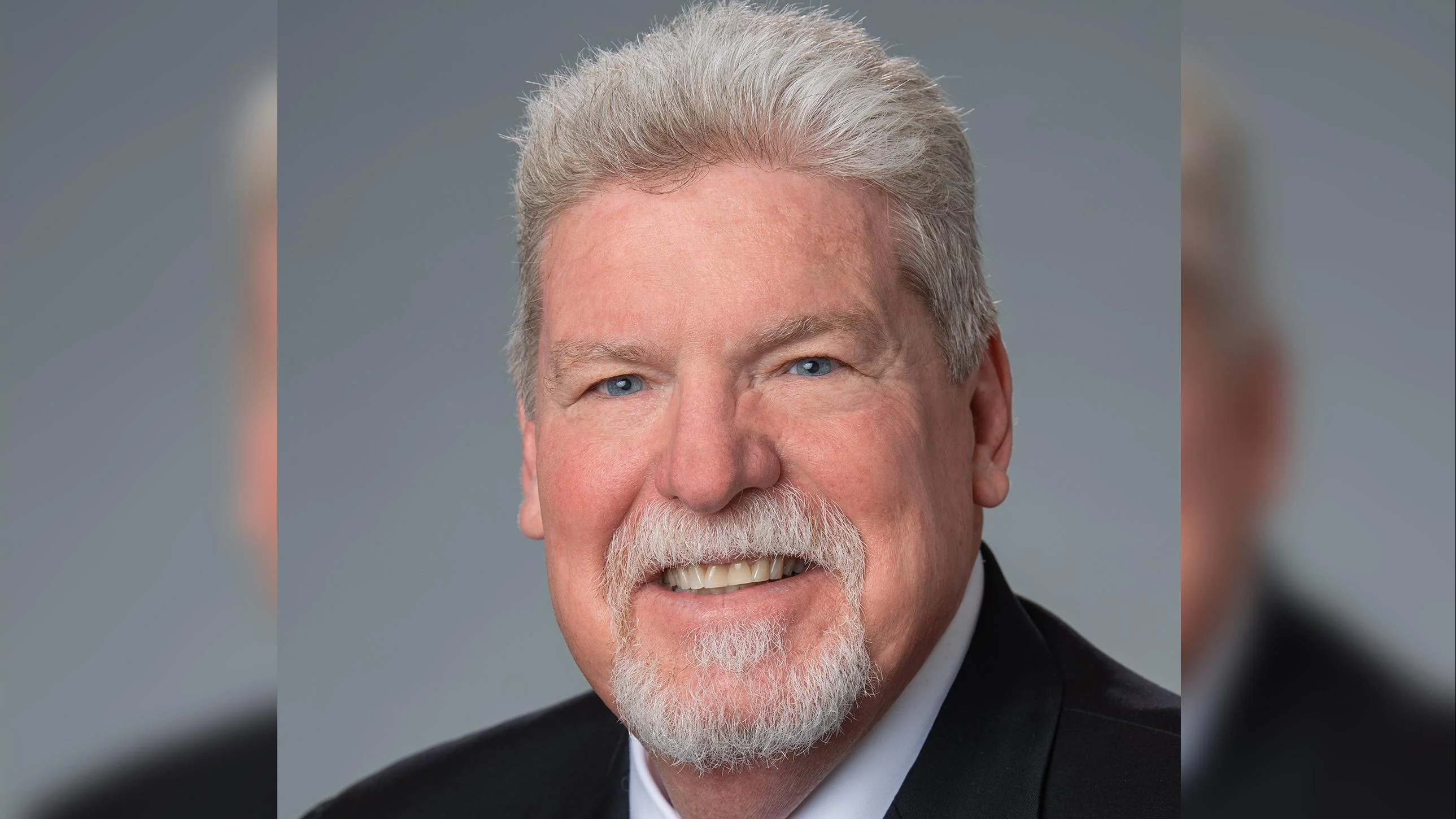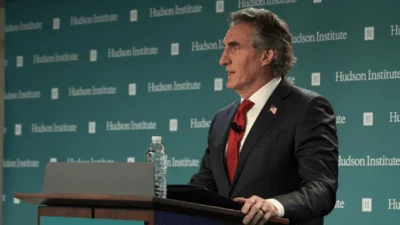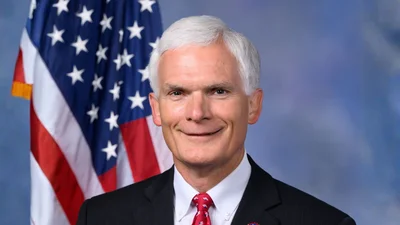Confidence in the new multifamily housing market increased compared to last year during the second quarter, according to data released by the National Association of Home Builders (NAHB). The Multifamily Market Survey (MMS), which measures sentiment among builders and developers, reported that the Multifamily Production Index (MPI) rose two points to 46 year-over-year. Meanwhile, the Multifamily Occupancy Index (MOI) increased by one point to 82.
The MPI assesses conditions for current production in both apartment and condominium markets on a scale from 0 to 100. A score below 50 means more respondents see conditions as poor than good. The index combines four segments: garden/low-rise rental units, mid/high-rise rentals, subsidized rentals, and built-for-sale condominiums. Among these, confidence in subsidized units grew most significantly with a 10-point increase to 61. Garden/low-rise units dropped three points to 50; mid/high-rise units went up seven points to 36; and built-for-sale units fell three points to 35.
The MOI evaluates perceptions of occupancy levels in existing apartments using the same scale. All components remained above 50: garden/low-rise units climbed two points to 84; mid/high-rise declined three points to 73; and subsidized units gained five points reaching a level of 90.
“Multifamily developer confidence and sentiment are showing slight signs of improvement when compared to this time last year,” said Debra Guerrero, senior vice president of strategic partnerships and government affairs at The NRP Group in San Antonio and chairman of NAHB’s Multifamily Council. “High interest rates, rising construction costs, limited land availability and restrictive local regulations are still significant issues in certain parts of the country. But confidence in subsidized affordable housing has shown considerable improvement in this survey, due in part to optimism surrounding the expansion of federal affordable housing resources flowing from the recent congressional reconciliation bill.”
NAHB Chief Economist Robert Dietz commented on future expectations: “An MPI that is up two points but still below 50 is consistent with NAHB’s projection that multifamily starts will be modestly higher in 2025 compared to 2024, while remaining significantly below the number of units started in 2023,” he said. “Multifamily starts are still facing headwinds like higher interest rates and construction costs, but are becoming less constrained by the number of apartments under construction, which is falling back toward more historically normal levels.”
The MMS was updated in 2023 for easier interpretation and alignment with other industry surveys conducted by NAHB. At present, changes should be assessed year-over-year until enough data are available for seasonal adjustment.
More information about the MMS can be found at https://www.nahb.org/mms. Details on NAHB's Multifamily program are also available through their official website.





